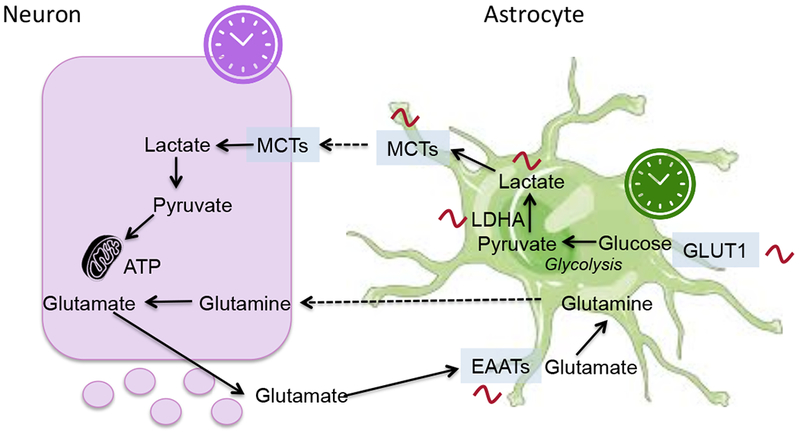Figure 2: Metabolic coupling of neurons and astrocytes.

Glutamate is released at neuronal excitatory synapses and up-taken by astrocytes through glial-specific glutamate transporters (EAATs). Glutamate uptake by astrocytes triggers an increase in glycolysis, enhancing influx of glucose from blood vessels via glucose transporters (GLUTs) expressed in astrocytes. Part of the glucose is metabolized to lactate via pyruvate by the lactate dehydrogenase isoenzyme A (LDHA) and transported outside the astrocytes via monocarboxylate transporters (MCTs). Once transferred to neurons, lactate is oxidized to produce ATP. Both neurons and astrocytes have an autonomous circadian clock. Several of these enzymes display daily rhythms in the SCN (see the Circadiomics web portal as a reference182). Additionally, lactate levels show diurnal variations. We propose a model where circadian neurometabolic coupling contributes to SCN function.
